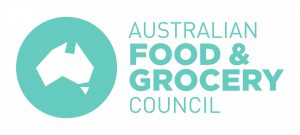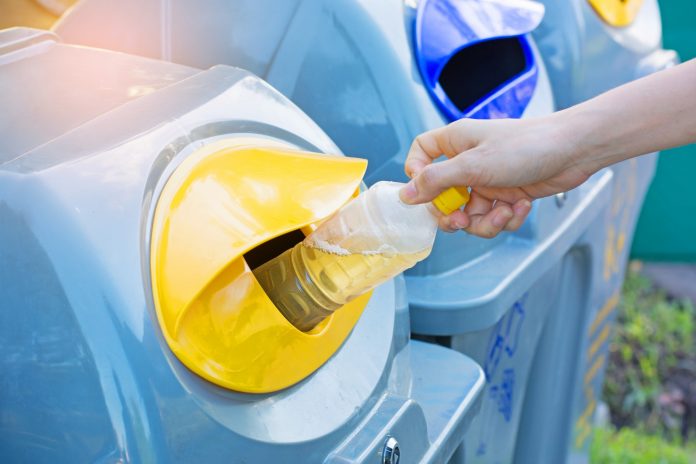Each year Australia uses around one million tonnes of plastic packaging, but only a small part, 16% in 2017/18, is recycled. This represents not only a lot of landfill but also the loss of a potentially valuable resource.
By the Australian Food & Grocery Council.
The nation’s food and grocery manufacturing industry is now driving the development of Australia’s first nationwide recycling scheme for soft plastics and there are big changes ahead for how plastic is used and reused.
Plastic packaging has an important role in the daily lives of consumers: it keeps food fresh, reduces food waste and helps keep products intact. And while most plastic packaging is not recycled at present, two-thirds of it is recyclable, according to 2018/19 figures from the Australian Packaging Covenant Organisation (APCO). The 2018 National Waste Report, produced by the federal government, found plastic is the most poorly recovered material of any household waste.
In November 2020, the Australian Food & Grocery Council (AFGC) was awarded a grant of almost $1 million by the federal government to develop the National Plastics Recycling Scheme (NPRS). Work is now underway on developing the country’s first nationwide, industry-led recycling scheme for soft plastics, and being an industry-led and funded scheme, it has the support of Australia’s biggest food and grocery brands.
The NPRS will focus initially on the diversion of soft plastics from landfill. This means improving the collection of items, such as bread, cereal and frozen vegetable bags, confectionery wrappers and toilet paper wrapping, that end up in landfill. These kinds of flexible plastic packaging make up about one third of all plastic packaging, but APCO data shows that the recovery rate for ‘flexibles’ was only around six per cent in 2017/18.
Getting the collection side right will be a vital first step towards building a genuine circular economy for plastics in Australia. There are already some brand owner-funded collection schemes in operation, such as the REDcycle program which allows consumers to return soft plastics via collection bins at supermarkets, and the ‘Curby’ bag trial conducted by Nestlé, iQRenew and Central Coast Council in NSW.
The NPRS will build and add scale to the initiatives already in the market to create a coordinated, national approach, with optimising kerbside recycling opportunities to be central to the approach. This will assist industry in reaching the 2025 National Packaging Targets. Established with the support of industry and the federal government, the targets are aimed at achieving 100% reusable, recyclable or compostable packaging by 2025, 70% of plastic packaging being recycled or composted, an average 50% recycled content being used in packaging, and the phasing out of problematic and unnecessary single-use plastic packaging.
The NPRS aims to increase the amount of plastic recovered by 190,000 tonnes a year. That’s almost 38,000 five-tonne garbage trucks diverted from the tip. It isn’t the complete answer to Australia’s plastic challenge, but the NPRS aims to reduce by one third the amount of plastic waste that goes to landfill each year. This will need a combination of investments in kerbside collection, expanded ‘bring-back’ systems, incentives for the development of new plastics re-manufacturing plants, and the development of end markets for recovered plastics.
The second phase of the NPRS will be ensuring a consistent, clean stream of recyclable product that will increase the availability of food-grade, quality recycled plastic packaging for use by food and grocery manufacturers in Australia. Demand for recycled content already exists: data from APCO shows the use of post-industrial and post-consumer recycled content already exceeds the current recycling rate from kerbside collection. Having access to high-quality material is key to increasing the use of food-grade post-consumer recycled packaging.
The AFGC has now formed several advisory panels to help shape the NPRS and is beginning its assessment of various collection and recycling options. With the final design of the NPRS to be ready by early 2023, the team is also looking around the world, assessing product stewardship schemes to ensure the scheme developed for Australia reflects global best practice.
 About the Australian Food & Grocery Council
About the Australian Food & Grocery Council
The Australian Food & Grocery Council is an industry association that has been helping member companies and the food, beverage and grocery supply industry to sustain Australia. Founded in 1995, the AFGC now represents a $127 billion sector that employs more than 274,000 people nationally, with nearly 40% of those jobs in rural and regional Australia.


